Behind the Labels: Investigating the Secrets of Iranian Saffron and Spanish Saffron
Saffron, an ancient medicinal plant and the most expensive of spices has always had magical, addictive power. Many Persians believe that in its pure form, saffron works as an antioxidant, an antidepressant, and a culinary weapon against Alzheimer’s, cancer, and degeneration of the eyes. These are the reasons why so many countries like Spain, China, Morocco, Greece, Afghanistan, and South Africa are trying so hard to produce their own saffron, but in this field of dishonest marketing battle, some countries like Spain have started propaganda on Iran’s red gold or as we all know it saffron.
Which one is better?
If you ask some of the businessmen in Spain, they will simply answer your question with “child labor”; but how much of this is true?
It’s not true! This is a dirty commercial war!
In Iran especially the Khorasan province (where they harvest most of the saffron), farmers work as a family, so not only the parents but also the children of the family come and work together.
Just a simple search on Google will tell you many reasons why you should buy Spanish saffron over Iranian saffron, You will see all the different reasons why Spain is a much better country to harvest saffron rather than Iran! But then a simple question pops up in the mind of every Iranian businessman/woman Why is Spain the biggest importer of Iranian saffron?
Spain harvests only about 1.5 tons of saffron a year, but how does it export about 90 tons of the world’s most precious spices? An in-depth look at the huge difference between the production and export of this product shows that Iranian saffron is sold to international buyers with fake labels called high-quality Spanish saffron.
ORGANOLEPTIC QUALITIES
The differences between Iranian and Spanish saffron are very noticeable, above all, in chemical analysis of the spice where the organoleptic qualities or the Crocin (coloring component), the Picocrocin (flavor component) and Safranal (aromatic component) are very different depending on where was the saffron harvested. Iran’s saffron Crocina is between 240-280 and for a special luxurious type of super Negin saffron, it reaches above 300 wherein the best type of Spanish saffron in Spain the Crocin only reaches 245.
After Crocin the most important is the Safranal or Aroma; Safranal is associated with the smell of your Saffron. Our recommendation is 30+, then, in this case, you can call it good-quality saffron We recommend a reading of 30+. For Iranian super Negin saffron, this number reaches above 35+ yet for Spanish saffron according to the test that we did in our laboratory is 30!
Different names for different types of Iranian and Spanish Saffron
Grades of Iranian saffron are “Sargol” (red stigma tips only, strongest grade), “Pushal” or “Pushali” (red stigmas plus some yellow style, lower strength), “Bunch” saffron (red stigmas plus a large amount of yellow style, presented in a tiny bundle like a miniature wheatsheaf) and “White” or”Konj” (yellow style only, claimed to have aroma but with very little, if any, coloring potential). Grades of Spanish saffron are “Coupé” (the strongest grade, like Iranian Sargol), “Mancha” (like Iranian Pushal), and in order of further decreasing strength “Rio”, “standard” and “Sierra” saffron. The word “Mancha” in the Spanish classification can have two meanings: a general grade of saffron or a very high-quality Spanish-grown saffron from a specific geographical origin.
ORIGIN AND DISTRIBUTION OF SAFFRON
Some doubts remain on the origin of saffron, but it is believed that saffron originated in Iran. However, Greece and Mesopotamia have also been suggested as the possible region of origin of this plant. C. sativus is possibly a triploid form of Crocus Cartwrightianus. Saffron is not originally from Spain but came from Asia Minor. The Moors brought saffron or “Az-Zafaran” as they called it, to Spain in the VIII or IX century.
Price
Iranian saffron is nearly half the price of the Spanish crop, according to Antonio García from La Mancha’s labeling authority. But he says intensive production methods make for a low-quality product that undermines La Mancha’s own brand. Several Iranian companies have also set up in Spain to take advantage of these lax labeling rules. If Iran sells saffron for $ 1,500 per kilo, Spain has created this product in the world markets after packing under its own brand with 40,000 to 50,000 dollars per kilo.
During the quarter, Iran’s saffron exports grew by 323 percent to about $ 50 million, with Spain being the largest export market for Iranian saffron with more than $ 10 million, followed by China, UAE, Italy, Saudi Arabia, and India. It has been one of the main markets for Iranian saffron.
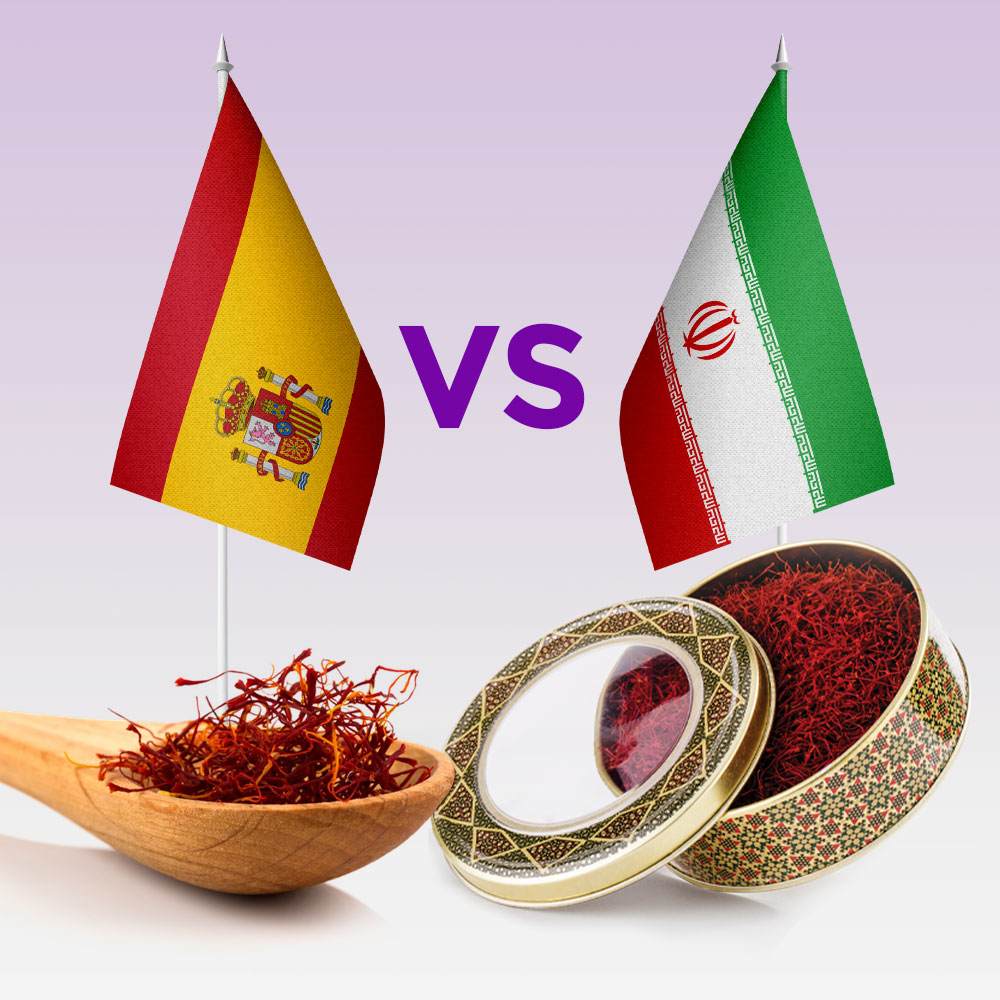
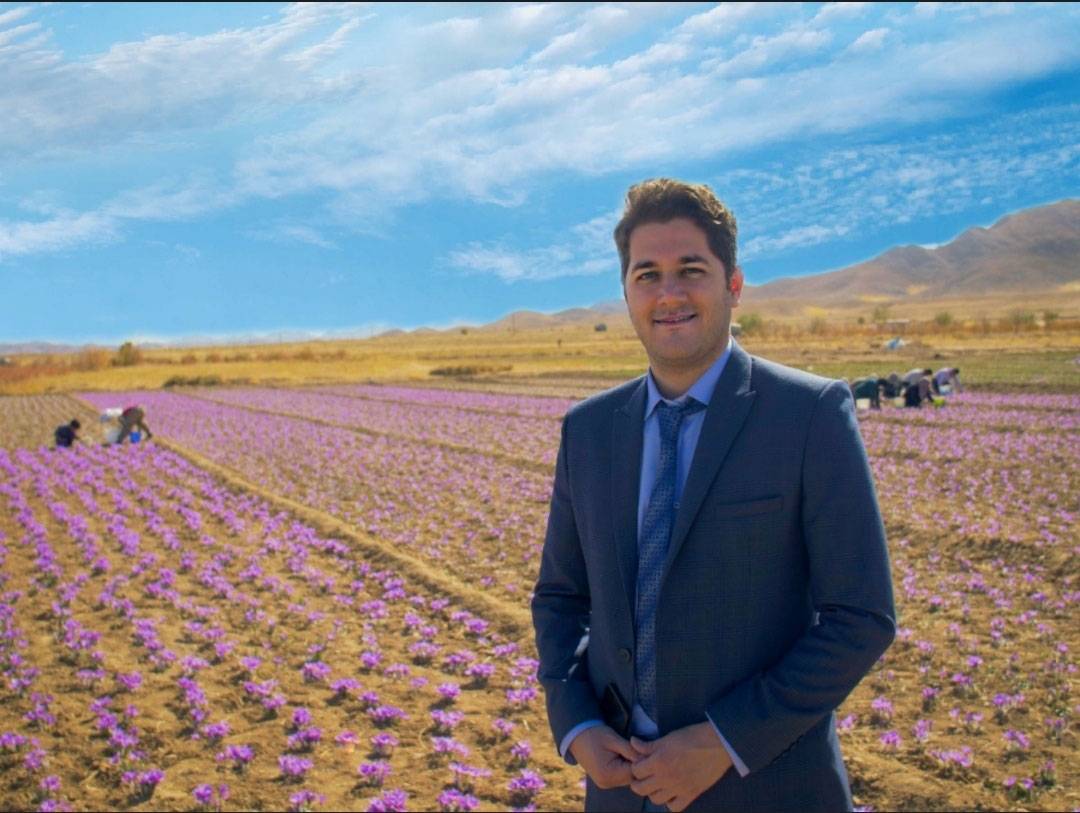
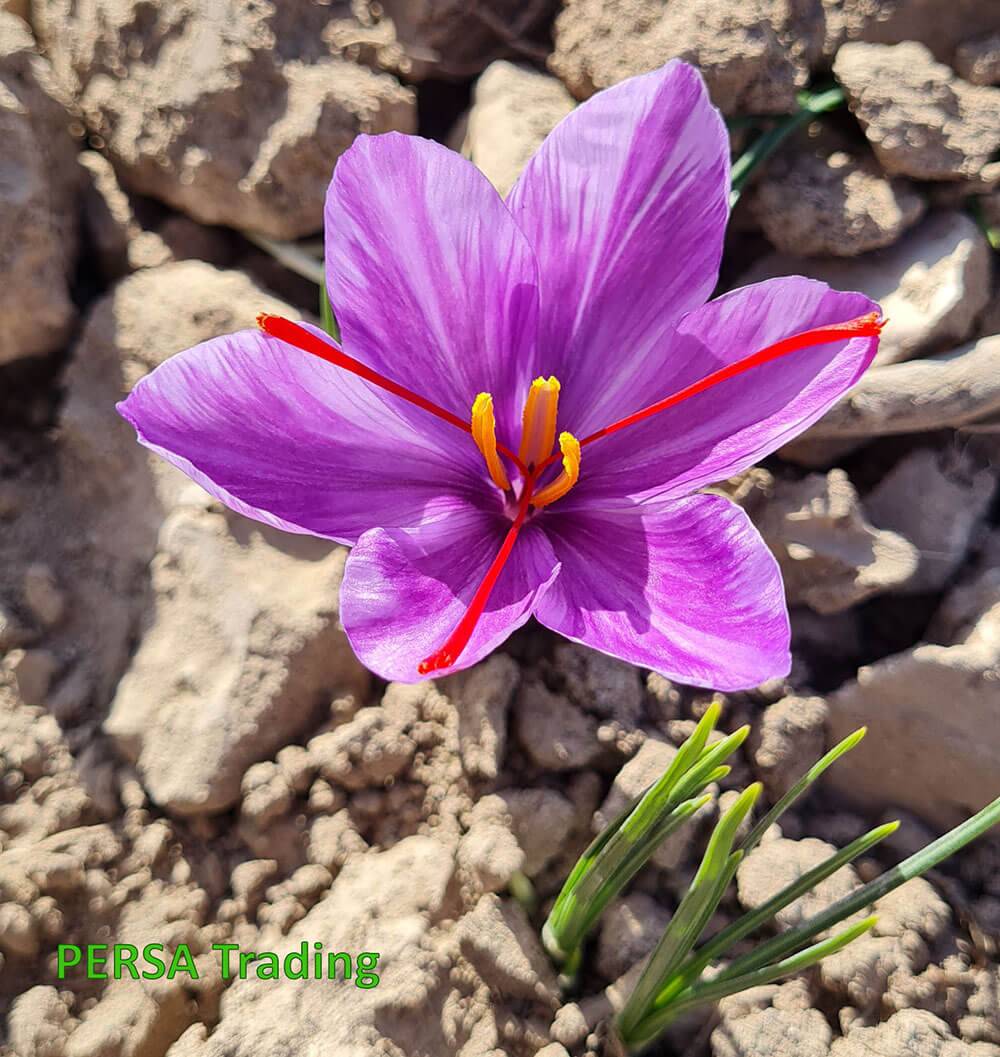
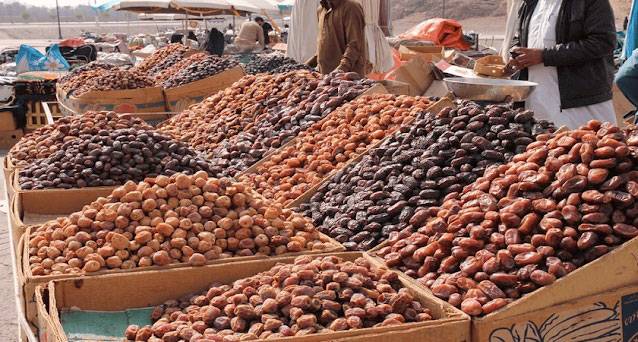
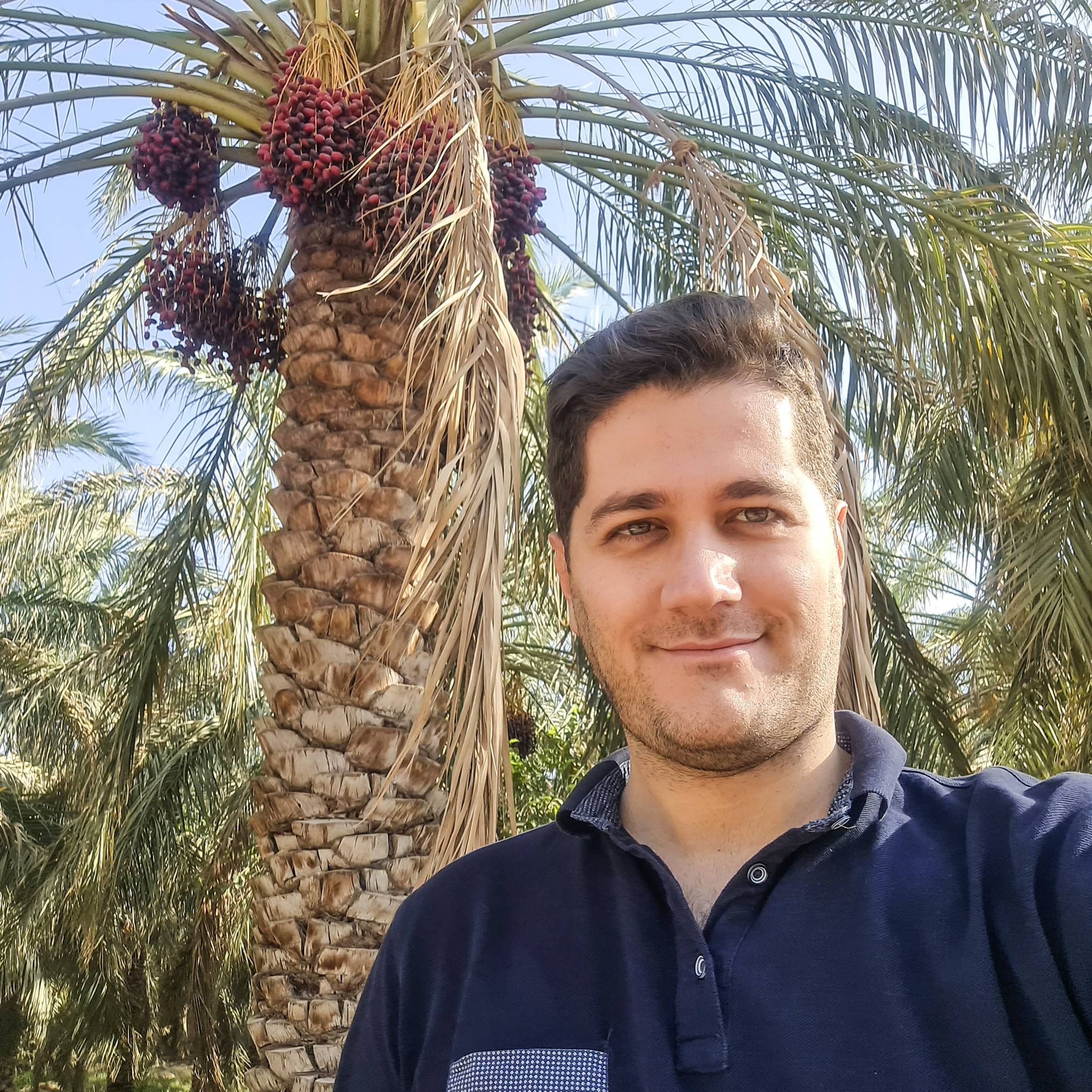
Saffron Store
Can you provide pricing details, shipping options, and the purity certification for your saffron products?
Mehta
Considering saffron sourcing for my spice collection. Can you provide more information on packaging options for bulk orders and any available customization?
Sudeer
Saffron price variations are noteworthy. Can you provide insights into the available quantity discounts for wholesale purchases and the minimum order requirement?
John
Hi, could you elaborate on the bulk packaging options for larger quantities and any available discounts for repeat buyers?